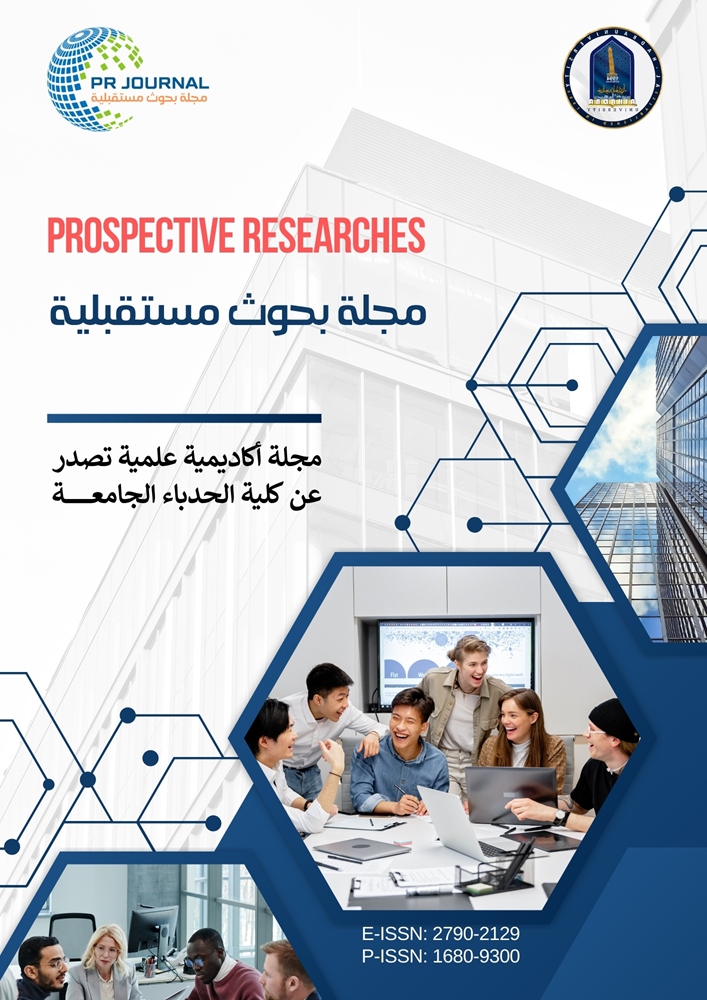الاتجاهات العامة للنفقات التحويلية لبلدان عربية مختارة للمدة 1980-2002
Abstract
This study explains widely the transfer expenses, through shedding light on
its internal and external form and the relationship of transfer expenses with the structural adaptation of the government expenses polices, the basic
purpose of the state in providing this kind of expenses. The study shows the
amount of transfer expenses, and each term its contents in nine Arabic
countries, Jordan, Oman, Yemen, Bahrain, Kuwait, Egypt, Tunisia,
Morocco, Iraq, for the period (1980-2002). The period is divided into five
sub-periods in order to capture the most important development occurred
during the mentioned periods. However, the study explains and interprets
the trends of transfer expenses, and follows up the accompanied changes in
each term of its terms. It also tries to interpret the reasons behind those
changes, which show direct influence upon the trend of transfer expenses
such as allotting programs demographic, factors wars, and economic crises.
The hypothesis of the study proves that the state supportive programs
increase gradually with time. While they decrease when allotting programs
are applied. The study also proves that interest payments play an active role
in increasing the transfer expenditure in non-oil countries.
Downloads
Published
How to Cite
Issue
Section
License

This work is licensed under a Creative Commons Attribution-NonCommercial-NoDerivatives 4.0 International License.
Copyright © 2025 by the authors. This work is licensed under a Creative Commons Attribution-NonCommercial-NoDerivatives 4.0 International License (CC BY-NC-ND 4.0). You may not alter or transform this work in any way without permission from the authors. Non-commercial use, distribution, and copying are permitted, provided that appropriate credit is given to the authors and Al-Hadba University.







